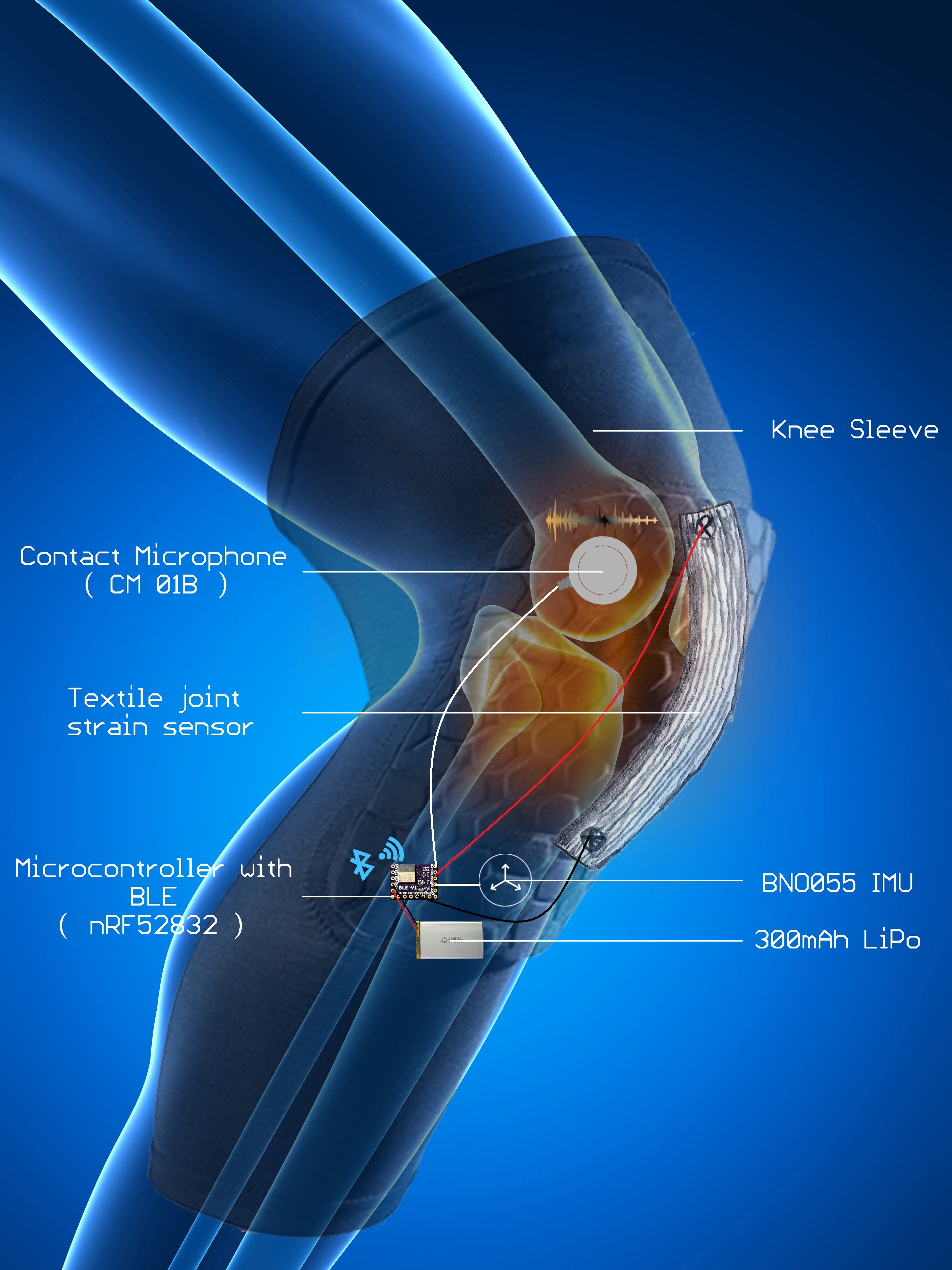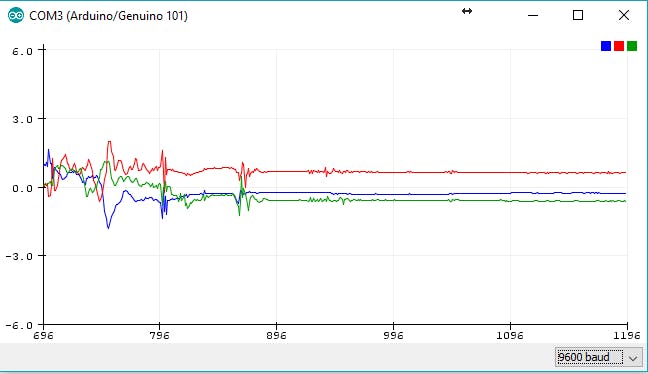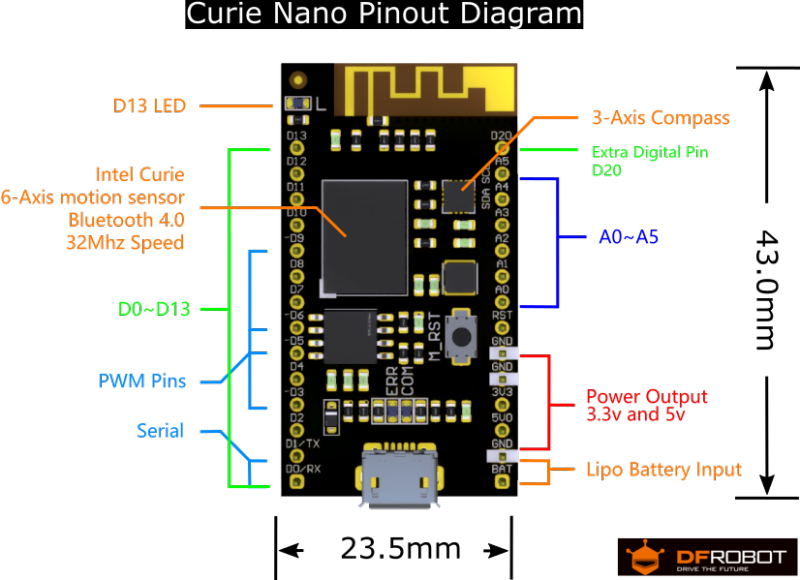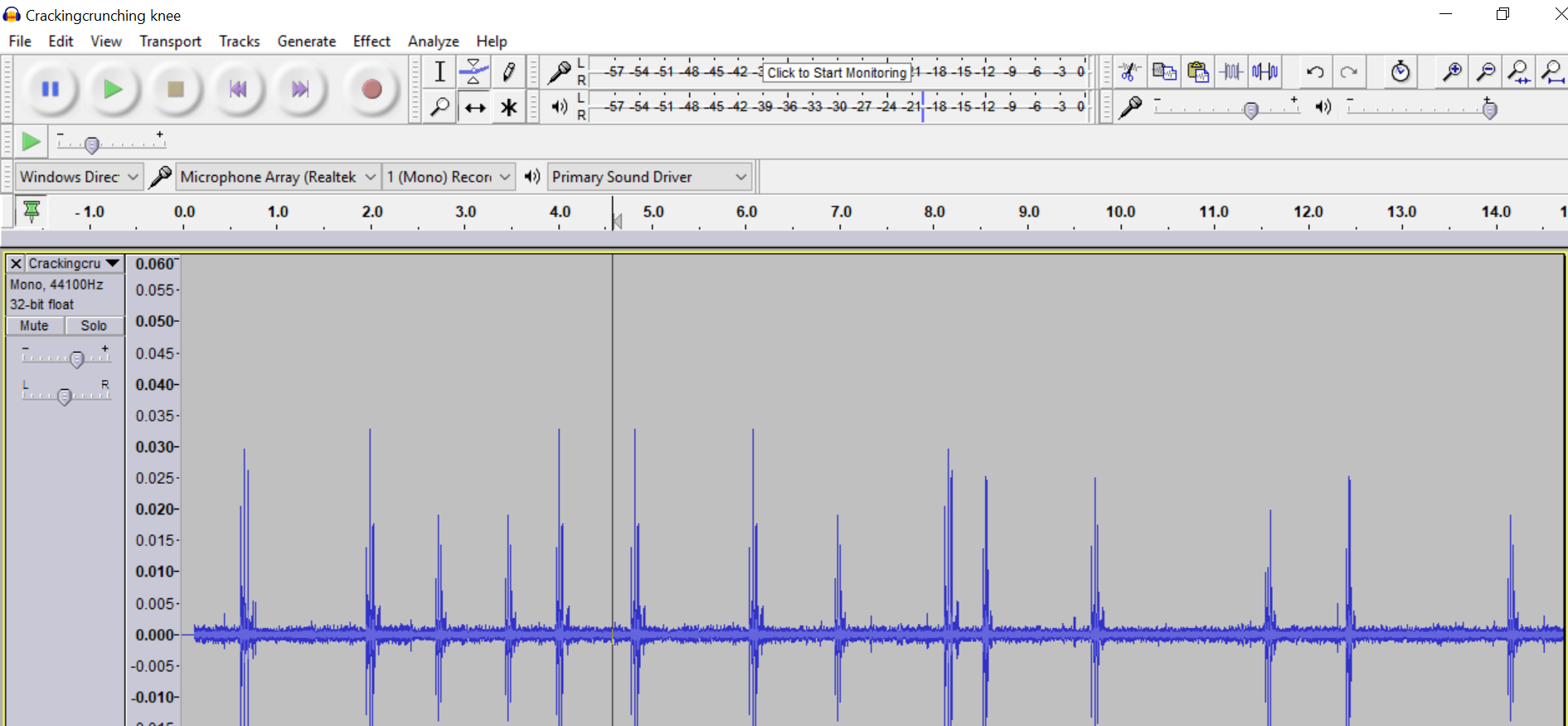Problem:
• OSTEOARTHRITIS (OA) is often said to be a natural consequence of ageing and is one of the leading causes of disability and functional limitations in older adults
•The knee joint bears the full weight of the human body and the highest pressure loads while providing flexible movement, it is the body part most vulnerable and susceptible to osteoarthritis (OA)
• The growing number of cases is a heavy burden on the existing medical care system and the access to physiotherapist is quite difficult.
• While physiotherapists are able to work with the patient in their clinics and hospitals, They lack tools to supervise the patient's compliance to therapy and getting quantifiable data reflecting the performance.
• Long term real world gait would be essential to give the patient better care and can lead to better prevention and rehablitation
Background:
I, Vignesh am a final year engineering student from Chennai, India. I've always been into biomedical sensing and combining electronics and biomedical engineering. Inspired after playing Deus Ex: Human Revolution as a 16 year old, My adolescent my mind was blown away by the possibilities in front of me. Reading about the work done by Dr.Hugh Herr at the Biomechatronics lab and Dr.Rosalind Packard at the Affective Computing lab MIT media lab. I realized I wanted to work on wearable sensors, After seeing the unbelievable progress in Machine Learning for the past few years empowering doctors with Machine Learning for diagnostics is my current goal. I have seen my mom suffer from Arthritis a year back and seen her struggle to do her physiotherapy exercise. One instance she over did the exercise causing a minor knee complication. I was thus inspired to work on a solution to help my mom and many other OA patients to get better care and lead a more comfortable life.
Solution:
OrthoSense- Wearable multisensory knee sleeve to monitor Osteoarthritis

(Fig: Initial design of OrthoSense)
 (Fig: Prototype 1.0 layout)
(Fig: Prototype 1.0 layout)
Our solution is a sensor enabled knee sleeve made with comfortable and non obstrusive fabric sensor for gait measurement(joint angle) along with other essential parameters of the knee joint for both the physiotherapist and the patient to monitor progression of the their joint ailment. Our solution is a low cost (85$) method for the patient to acquire better care for OA. The solution can either be purchased by the patient or be prescribed by the doctor in a rental model to out patients.
The patient wears the comfortable knee brace just as he is to start his daily physiotherapy exercise and pairs the device to his phone. After login, The custom rehabilitation exercise for the patient is loaded and friendly instruction animations guide the patient. A piezoresistive fabric sensor running through the knee joint measures the joint angle of the knee while the patient does the prescribed exercises. A 6DOF IMU records the joint motion data to give context to the other measurement. Finally, A tiny contact microphone picks up the acoustic emission of the knee bone giving insight on the nature of physical structure, soft tissue and most importantly the cartilage condition between the bone. This acoustic recording would provide cruicial information the patient's well being. The patient after exercise closes the session and continues on with their daily life still wearing the unobstrusive knee brace. The motion data and joint angle and acoustic are captured with the wearable during the patient's daily life when motion is present.
The data would be synced to cloud using the smartphone where classifiers would scrub through the data for valuable insights. The rehabilitation exercise assessment system for knee OA can help patients self-manage their rehabilitation progress at home, and when the improper exercise posture is detected, an error alarm can be provided for the patients to verify their movements in real-time.
All these information would be used to construct detailed reports for the physiotherapist and patient who can modify their therapy depending on the patient's condition. This would aid the doctors make an informed decision about their patients instead of just simply react to complications. Moreover, during the follow-ups at outpatient clinics or medical departments, the physicians can assess the patients' progress and how effectively the rehabilitation activities were carried out through the recording of the system.
System Design:
(Fig 1: Block Diagram of device)
Joint angle Sensing:
<Insert Joint angle sensor image>
Eeonyx fabric joint angle sensor
•Use of piezoresistive fabric sensor to detect joint motion characteristics. Bending and straightening characteristic measurement
•Wheatstone network to measure change in joint motion accurately
•Low cost and comfortable compared to differential IMU system.
Gait Sensing:

6DOF IMU sensor
•Accelerometers respond to gravity as well as to their acceleration, and it can be used to estimate the inclination of a body segment, body sway, or for measuring activity levels, however accelerometers have some limitations such as noisy signals.
•Sensitivity improved through the use of a gyroscope through sensor fusion which also provides information on the rotational characteristics.
•In tandem they provide readings which can help determine context of the measurement (Walking vs Lifting foot, Running vs Climbing stairs vs Jumping)
The BMC150 6DOF IMU is used for the initial prototype but the next revisions would move to the BNO055 9DOF IMU to increase functionality.
Knee acoustic signature :
<Insert IMU sensor image and data>
Directional/Contact microphone
•Analysis of the knee sounds can provide a deeper insight into the condition of the joint bone condition along with the cartilage status between the knee. It can allow detection of complications and avoid inflammations at a later stage.
•High sensitivity contact microphones and directional electret microphones placed in the medial joint line can pick up the joint clicks and crackling sounds
•Osteoarthritic knees produce more frequent, higher peak, and longer duration acoustic emissions compared to healthy knees
The contact microphone currently being evaluated in CM-01B PVDF contact mic and the Knowles BU-23842-000. The above demo was done by using the Teensy 3.2 audio library with the CM-01B on the knee mid palleta section bound by the knee sleeve. The Teensy does the onboard DSP to sample signals from 50-3000Hz and send to the PC over USB with the PC with the USB audio protocol. It was able to pick up the clicks as I flexed my knee.
I think by sampling across a larger freuquency band, I can pick up knee problems with arthritis cases like my mom's.
Hardware & Communication:
For the first prototype, I chose to use the DFROBOT Curie Nano board to make the prototype. I chose it because it had an inbuilt IMU(6DOF + 3DOF) and has Bluetooth 4.0 and supports a rechargeable lithium battery. It also uses a 12 bit ADC removing the need for an external ADC. The Curie nano has an Intel Curie module contains a x86 quark core and a 32bit ARC architecture core (Zephyr), integrated Bluetooth 4.0 and 6 axis attitude sensor. The module's clock frequency is 32MHZ and the cross tool chain of Intel can support the development of two cores. The Intel Curie includes dual core storage and users are able to use 196Kb Flash (total 384Kb) and 24Kb SRAM (total 80Kb). 
However one new problem which rose is that Intel has discontinued yet another MCU, This time the Curie. As a result, I have decided to make the next revision on either the NRF52832 BLE chipset or the BC127 module(Supports dual mode BT with support for a microphone).
Power Management & Battery:
For the prototype we have used a 3.7V 300mAH Li-Ion rechargeable battery to power our device. The estimated battery life would be about 30 hrs. The charging would take place over micro-USB
Packaging:
The comfort of the patient was a key region of interest in this effort to enable better compliance with the user and allow monitoring during their day to day activities. It was crucial to make the device as non-obstrusive as possible for the user. The device should not call undue attention to itself and be invisible to the user. To this end we have chosen textile based sensors and the knee brace itself would be breathable in nature.
Open-Source details:
I've used some open libraries made by others and do not believe that I should own it. I've used peer reviewed journals to decide on design details. My intention from the start was that OrthoSense should be open and accessible project. So;
All the software for the OrthoSense project is copyright 2017 Vignesh Ravichandran , and is free software: you can redistribute it and/or modify it under the terms of the GNU General Public License version 3.For more info
 Vignesh Ravichandran
Vignesh Ravichandran
